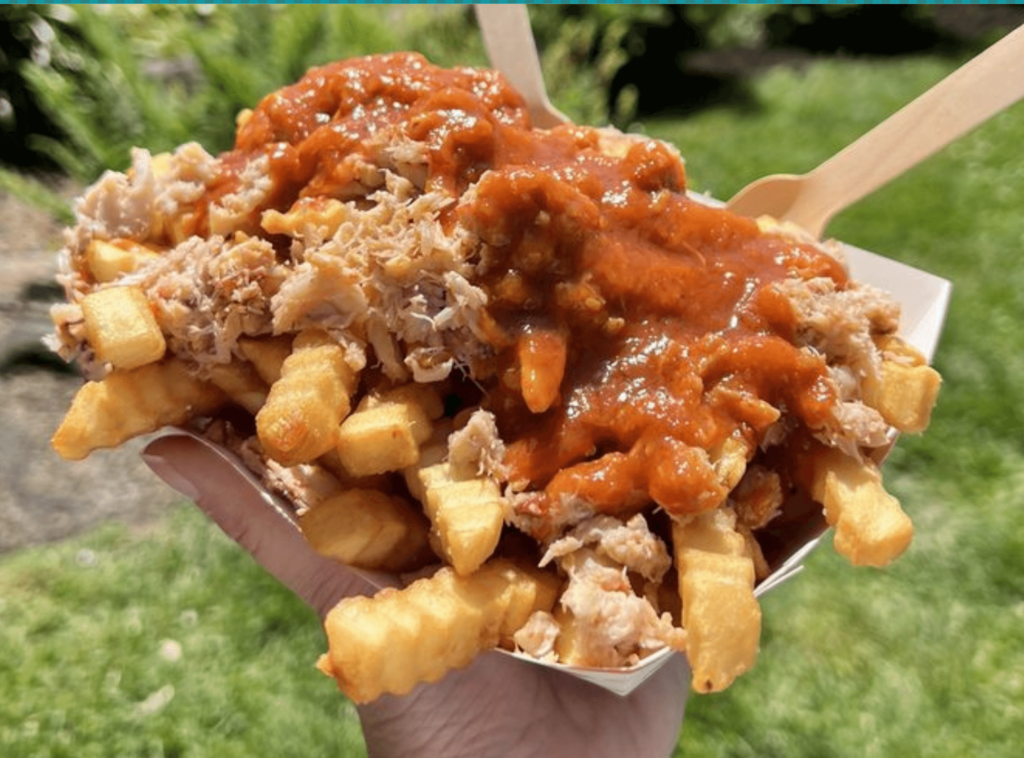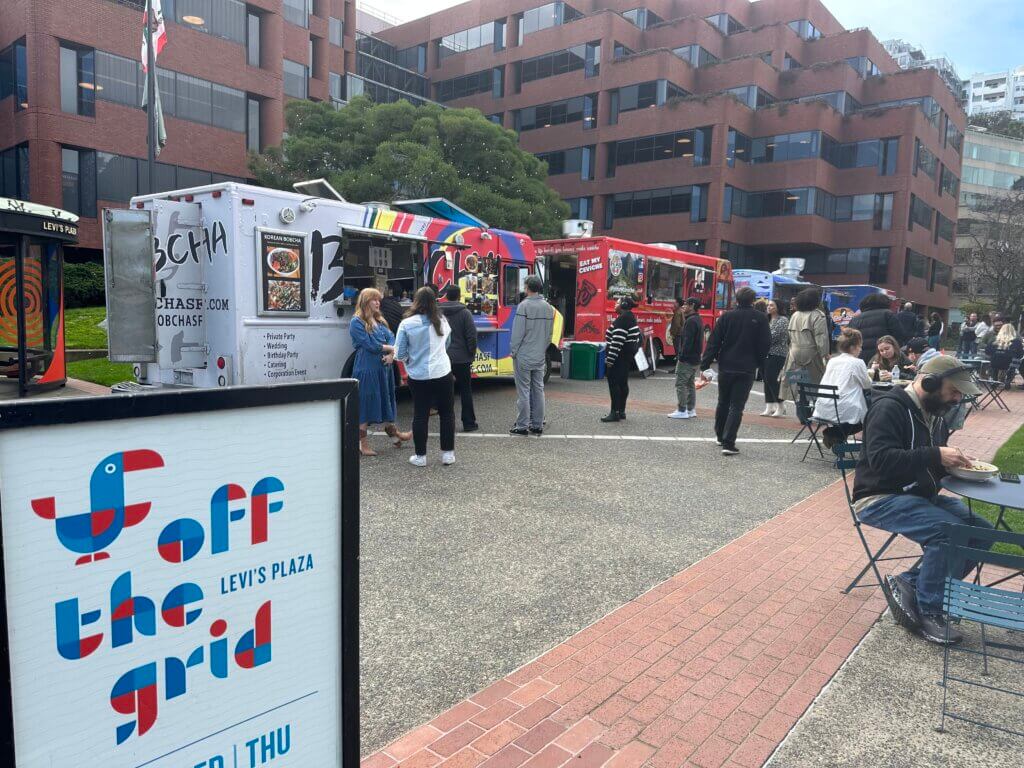
Serves: 100-300 people per shift, 8-12 times per week
Do your friends race each other to your door when you invite them to a dinner party? Are you constantly experimenting with new recipes, and wear the moniker ‘food snob’ like a badge of honor? Then chances are, you’ve daydreamed about one day opening a restaurant or starting your own mobile food business. But running a successful food industry venture is more complex than just being a good cook.
While it’s fair to say that there are no good food businesses without good food, the reverse is also true. Without good business practices in place, sustaining a successful business is near impossible. Yes, the actual product that you sell matters greatly, but it’s just one of several crucial ingredients in the larger recipe for success.
To succeed in the mobile food industry, you’ll need all five of the following ingredients, tightly, carefully and ever-so-thoughtfully wrapped up together (just like that mouth-watering secret burrito recipe you’ve mastered).

The Tortilla: Cash Flow
So, you’ve got a passion that you want to share with your community. But guess what? Without positive cash flow, your vision will fall on the floor and make a mess — just like a delicious burrito without a tortilla. Think of profit as an unopened bag of flour; you can’t sustain your business without this crucial ingredient, but it’s useless to you if a customer is already standing in your pick-up window. Cash, then, is a freshly steamed tortilla on your assembly line, moist and malleable and ready for action.
A common rule of thumb for mobile food businesses is to include six months of operating costs in their startup needs.
Chances are you need to sell a certain amount of food to reach profitability, and cash is how you keep your employees around long enough to get you to that break-even point. So what’s an entrepreneur to do? In short, always start with more funding than you think you’ll need. A common rule of thumb for mobile food businesses is to include six months of operating costs in their startup needs. It may feel like you’re taking on unnecessary debt by borrowing more than just the cost of a truck, but that truck will only matter to you if you can afford to put fuel in it.
The Protein: Product
In mainstream Western gastronomy, protein is often the main event. The majority of time, more energy and resources go into producing it than anything else (as should be the case with your product). When developing your menu items, take a look at other successful mobile food businesses and figure out what their products have in common. Consider how and where your guests will be eating your dishes. For example, unless you’re also providing tables and chairs, you may want to stay away from any dishes that require a fork and knife.
When developing your menu items, take a look at other successful mobile food businesses and figure out what their products have in common.
You should also settle on menu items that are easy to manage from a mobile standpoint. For example, everything that goes into a burrito can be prepared back in your commissary, and holds up well through travel. Your menu items should also be inexpensive to make, and you should typically spend no more than a third of that selling price on ingredients.
The Salt: Focus
You may want to start a business because you have big ideas, but until you give them some definition and boundaries, those ideas are like good ingredients with no seasoning. It’s best to put your effort and focus into amplifying one perfect product or niche, rather than trying to do it all.
Maybe you really do make the best turkey club sandwiches and the best tacos al pastor and the best saag paneer. But if you can’t connect those dots in some way, consider sticking to one speciality. Trust us — the fact that you can’t be everything to everyone is one of the most empowering realizations you’ll ever have as a food entrepreneur.

The Rice and Beans: Value
You can’t fill a burrito with just carne asada. That’s why it’s important to add a few other ingredients — the rice and beans. Besides simply tasting better, these cheaper ingredients also help keep costs down. But try not to think of value as simply as keeping low numbers displayed on your menu. Low prices are not the only way to provide value to your customers. In fact, lowering your prices should be your last resort.
Low prices are not the only way to provide value to your customers.
Providing value can mean: pulling up right outside your customers’ office so they don’t have to walk as far; brightening their day with a thoughtful compliment; or employing business practices that align with their beliefs. When you do these things without increasing your prices, you “manufacture” additional value, and help build loyalty with customers.

The Salsa: Marketing
Steps #1 through #4 of this recipe will help you build a clear identity by looking inward. But step #5 might just be the most important ingredient — building your brand voice and marketing your product. While it’s true that a perfect operation can help keep your guests coming back, proactively marketing your business is a key factor in creating the first sale (which is always the hardest).
Many entrepreneurs see marketing as the fun and creative part of running a food business, but it can be extremely time consuming and expensive to do the right way. Unlike that awesome deep fryer that you splurged for, a strong brand is an asset that will never depreciate. It’s alright if you can’t afford your own spiffy website right off the bat, but make sure that when someone Googles your business name, they find…your business. And if social media isn’t your strong point, consider engaging someone to manage that for you instead. Even the most mouth-watering menu won’t keep your business afloat if nobody knows about it. Luckily, these days there are countless pieces of software and other tools that can help automate the marketing and outreach for your business.
One Last Bonus Ingredient
If you’re thinking about beginning (or growing) your own mobile food business, apply to join us! Not only does Off the Grid provide an instant customer base and brand exposure, but we also have a built a sense of community among our entrepreneurs where you can benefit from networking and mentorship opportunities from other established mobile food businesses. To learn more about joining Off the Grid, click here.



